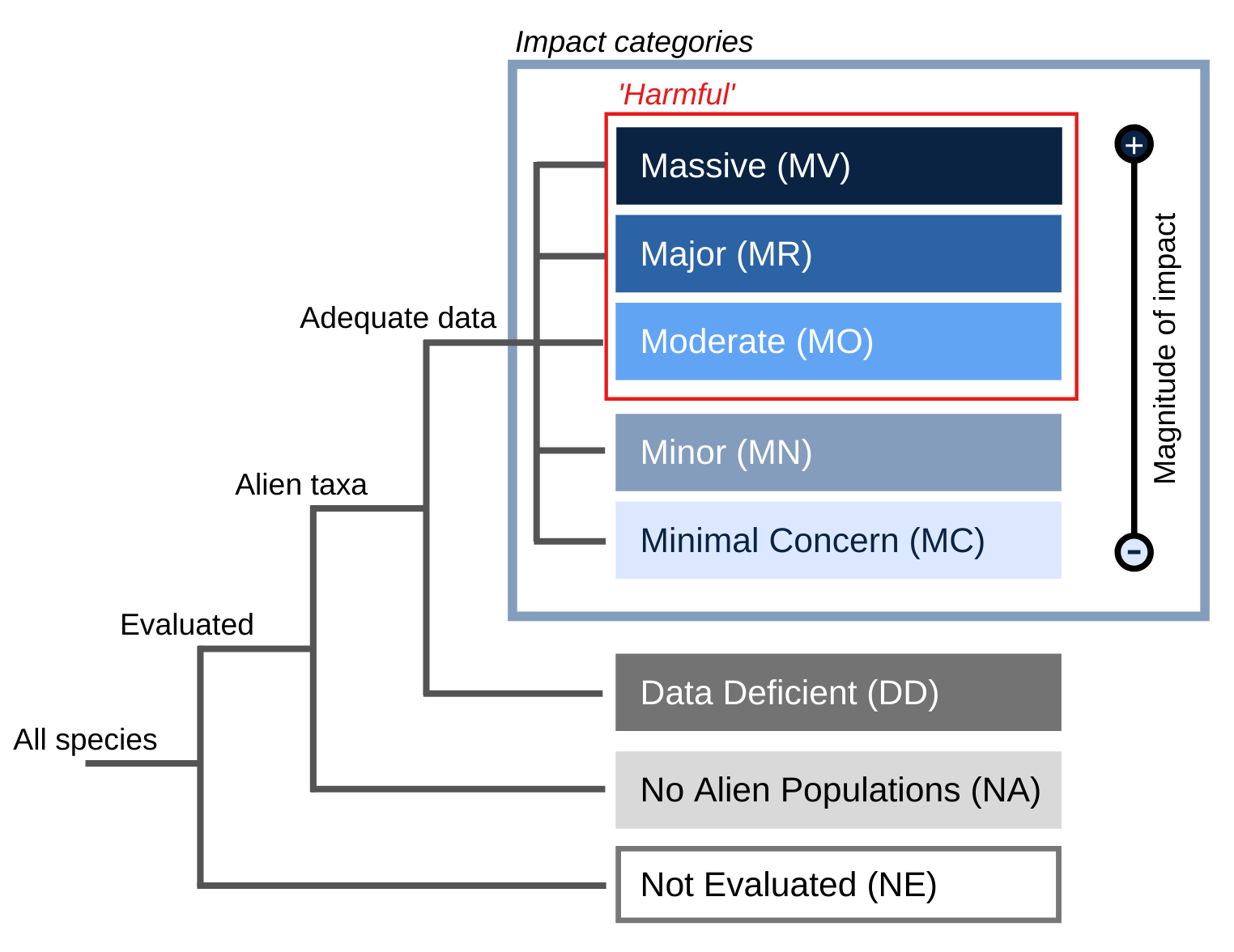- General
- Distribution
- Impact
- Management
- Bibliography
- Contact


Psidium cattleianum , var. littorale (O. Berg) Fosb.
Strawberry guava is a prolific fruiter, with up to 70 seeds per fruit, though most fruits contain a lower number of seeds. Fruiting is more abundant for stems on the edge of the thickets.
Principal source: Pacific Islands Ecosystems at Risk, (PIER, 2002)
Compiler: Dr. John Mauremootoo (Plant Conservation Manager) & Mr. Joseph Rodriguez (Research Assistant on Alien Plant Management). Mauritian Wildlife Foundation & IUCN/SSC Invasive Species Specialist Group (ISSG)
Review: Dr. John Mauremootoo (Plant Conservation Manager) & Mr. Joseph Rodriguez (Research Assistant on Alien Plant Management). Mauritian Wildlife Foundation.
Publication date: 2010-08-16
Recommended citation: Global Invasive Species Database (2025) Species profile: Psidium cattleianum. Downloaded from http://www.iucngisd.org/gisd/species.php?sc=59 on 28-10-2025.
\r\nPhysical: Because of the huge quantities of seed that are dispersed by feral pigs, and other exotic invasive species, feral species management is a practical and necessary first step in strawberry guava management. Manual and mechanical control measures work reasonably well and are recommended where practical. Seedlings and saplings originating from seed can be uprooted. Uprooted plants may resprout or re-root in areas with greater than 2000mm of rain/year or drier areas after prolonged rain, especially if the plants are set on the ground. Manual and mechanical methods are less effective on root sprouts.
\r\nChemical: A number of effective chemical control measures have been developed. Strawberry guava is sensitive to picloram, dicamba, glyphosate, and triclopyr. It has been shown that undiluted picloram (Tordon 22K) is highly effective on strawberry guava as a cut stump treatment. Tordon 22K was used at Hawai‘i Volcanoes but discontinued because of unfavourable effects on non-target plants. It was replaced by Tordon RTU, which was nearly as effective, but less harmful to surrounding vegetation. Undiluted dicamba (Banvel) proved to be highly effective in a cut surface treatment. Additionally, undiluted glyphosate (Roundup) has proven to be effective using a \"\"hack and squirt\"\" method. Resource Managers in Hawai‘i found undiluted triclopyr ester (Garlon 4) to be effective as a cut-stump treatment, with 80% of plants dead and 90% of treated plants without resprouts after 21 months. A frill application of undiluted triclopyr amine (Garlon 3A) was somewhat less effective, with 11 of 20 stems dead and all trees defoliated after 21 months. Fifty percent Garlon 4 and 3A were about 50% effective. A major drawback of cut-stump treatment methods in very wet areas (>5000mm rainfall/yr) was resprouting of slash from cut stump and wood fragments from felling larger trees. Garlon is recommended because of its lack of mobility and relatively short half-life, 4-6 weeks. In addition, the research is more thorough and definitive on control methods for Garlon than other herbicides.
\r\nBiological: Biological control is the only feasible long-term management strategy for strawberry guava. However, until recently, biological control has been perceived as unfeasible because common guava, grown commercially in Hawai‘i, is a congener of strawberry guava. Biological control is being reexamined. Several insects defoliate strawberry guava in its natural range, it is possible that insect biological control agents could be found that do not attack common guava. Memoranda of agreement has been concluded between the University of Hawai‘i and two Brazilian Universities to locate species attacking strawberry guava and not common guava. It is thought that highly specific insect pests can be found because common guava and strawberry guava are sympatric in their natural range.













